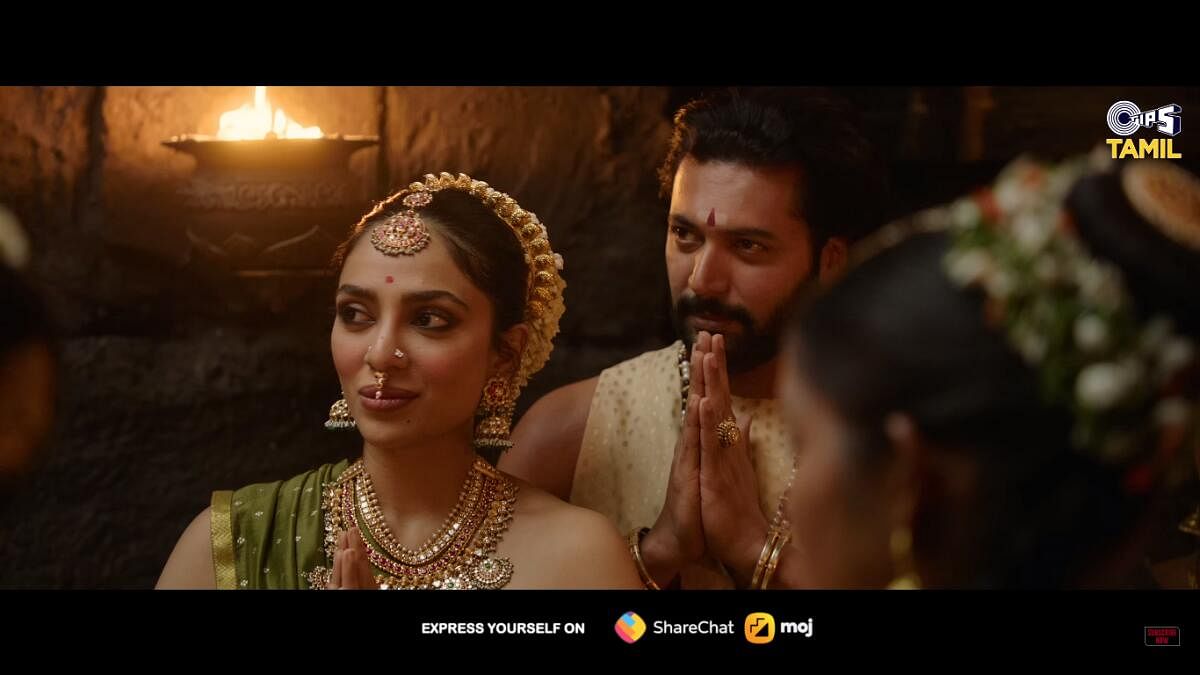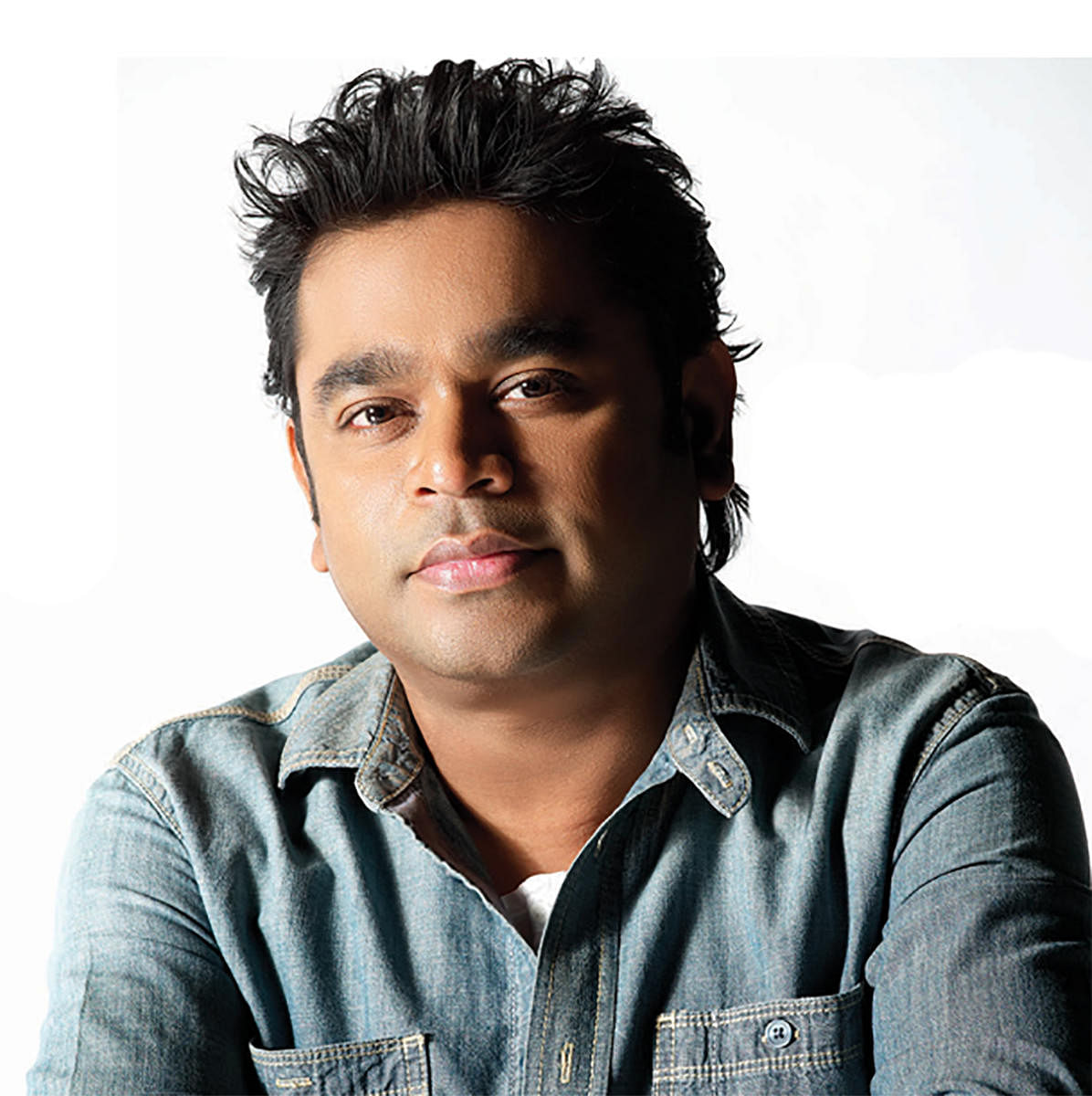

Ustad Wasifuddin Dagar, representing a highly regarded classical tradition, has put A R Rahman in the dock and accused him of taking away a family composition without seeking his permission. The music composer, Dagar says, plagiarised a dhrupad composition for a song in the Tamil film ‘Ponniyin Selvan 2’.
This is the second high-profile plagiarism controversy in the recent past — the other involves Ajaneesh Loknath, and a song he composed for the Kannada film ‘Kantara’. In both cases, the composers have denied the allegations. In the process, they have again triggered debates about what it means to be inspired, and what it means to plagiarise. And also, what exactly are we talking about when we talk about plagiarism — the tune, the genre, the orchestral arrangement?
A huge number of film hits owe their origins to songs the composers heard and took a fancy to. Shankar Jaikishan’s ‘Awara hoon’ gets its tune from a Turkish song, and R D Burman’s ‘Chura liya’ sounds just like ‘If it is Tuesday this must be Belgium.’ Ilaiyaraaja’s ‘Darling darling’ is so much like BoneyM’s ‘Sunny’, and a theme from The Godfather provides the melody for ‘Raja ko rani se pyar ho gaya’. More recently, Pritam was accused of stealing a tune from Harry Belafonte when he made a song for the film ‘Hattrick’. When Karan Thapar questioned Anu Malik about the tunes he was accused of copying, he went on the offensive and said only a small percentage of his oeuvre fell in that category. Directors sometimes hear something and ask for it to be recreated for their films, he said.
When you hear some tunes, it becomes evident in a flash where they came from. But some are not so easy to trace. Vijayabhaskar, the well-known music composer, once told me he was inspired by ‘Come September’ to make the Kannada song ‘Tutiya mele tunta kirunage.’ It is not easy to make that connection as he has changed the time signature and turned the instrumental into a vocal duet with P B Srinivas and P Susheela.
In the pre-Internet era, it was difficult to find the ‘original’ and compare it with the ‘copy’. Today, thanks to music buffs who sniff out the origins of tunes, it is easy to listen to the two side by side. You find many videos on YouTube juxtaposing similar-sounding tunes and leaving you to decide whether they were inspired or copied. A website called itwofs.com, run by S Karthik, looks at hit Indian songs and matches them against songs from across the world that sound suspiciously similar.
And so when you listen to Rahman’s ‘Veera raja veera’ and the dhrupad composition ‘Shiva Shiva’, what do you hear? A canny resemblance. In fact, the tune and the rhythm are almost identical, and Rahman’s version features a backing violin arrangement that gives it a more cinematic sound. What Rahman has added perhaps is a cinematic touch, with the tanpura and pakhawaj sounds, evoking piety, making way for sounds meant to elevate a hero on screen.
In her article in Scroll on the plagiarism row, Malini Nair says Dagar, a resident of Delhi, is an ‘immensely likeable man, deeply versed in his art but also happy to dabble in wordplay, calligraphy, and long rambling discussions on philosophy and spiritualism.’ She quotes him as saying ‘Shiva Shiva’ was composed and recorded in 1978 by his uncle Zahiruddin Dagar and father Faiyazuddin Dagar. They performed it in Amsterdam and released it on a CD in 1996.
The producers of ‘Ponniyin Selvan 2’ are contesting the charge, but have not denied that ‘Veera raja veera’ is inspired by a traditional Hindustani composition. So what could have happened? Much of the Indian classical repertoire, Hindustani and Karnatik, is assumed to be ‘open source,’ which means anyone can pick up a composition and render it live or for recordings. When Indian films take up classical compositions, they are unlikely to go looking for who owns the copyright. The Telugu film Shankarabharanam features well-known compositions of Thyagaraja and Mysore Vasudevacharya, both revered composers in the south Indian classical tradition. It is possible the makers of ‘Ponniyin Selvan 2’ assumed ‘Shiva Shiva’, set to raga Adana, was another of those ‘open source’ compositions. They eventually gave credit to the Dagars in the YouTube video.
And how does ‘Varaharoopam’ from ‘Kantara’ compare with ‘Navarasam’, the Thaikkudam Bridge song that it was allegedly plagiarised from? A guitar riff from the band’s song was recreated on the nadaswaram, and that was perhaps the main bone of contention. After the dispute went to court, the producers of the film changed the raga (Bhairavi) but retained the phrasing. Was the entire song plagiarised? No, but the Thaikkudam Bridge was right in saying the film song had closely followed the sound and orchestral arrangement of ‘Navarasam’. Now, can you claim copyright on the sound? The consensus seems to be that you can’t and you shouldn’t. A song meant to sound like a Karnatik classical composition will invariably use the tanpura, mridangam and violin. A song meant to sound like jazz, will use a distinctive piano style and a swung beat.
They say all of Shakespeare’s plays were inspired by stories he had heard or read, and yet he stands out as one of the world’s greatest dramatists because he was able to make the stories his own. In music, as in literature, the trick might be in listening to the best, and then finding a way to make it your own.